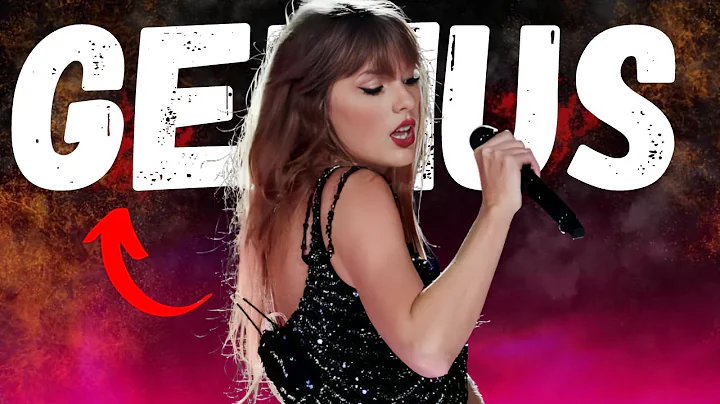Maximizing the Potential of Task Cards: Creative and Collaborative Strategies
Table of Contents
- Introduction: What are Task Cards?
- The Downsides of Traditional Task Card Use
- A New Perspective: Creative and Collaborative Task Card Activities
- Activity 1: Whole Group Instruction with Task Cards
- Activity 2: Collaborative Learning with Task Cards
- Activity 3: Small Group Differentiated Instruction with Task Cards
- Conclusion: Maximizing the Potential of Task Cards in the Classroom
Introduction: What are Task Cards?
Task cards are commonly used resources in classrooms, providing bite-sized pieces of information or questions related to a specific task. They are printable items typically purchased or made by teachers. Task cards offer students ample practice opportunities and can be implemented in various ways. In this article, we will explore three innovative, creative, and collaborative activities that can enhance the use of task cards in the classroom.
The Downsides of Traditional Task Card Use
While task cards do provide practice and engagement for students, they can also be seen as glorified worksheets when not utilized effectively. Simply distributing a packet of task cards for independent completion lacks engagement, collaboration, and meaningful feedback. To maximize the benefits of task cards, a new perspective is needed to ensure students' active involvement in their learning process.
A New Perspective: Creative and Collaborative Task Card Activities
To unlock the full potential of task cards, we can explore three alternative strategies that encourage creativity, collaboration, and engagement in the classroom. These strategies are designed to provide students with a richer learning experience and foster deeper understanding of the skills being practiced.
Activity 1: Whole Group Instruction with Task Cards
In this activity, task cards are seamlessly integrated into whole group instruction. By using tools such as Google Slides, teachers can display task cards to the entire class. Students can read the task cards together, allowing for fluency practice. The teacher can model thinking processes, facilitate discussions, and provide meaningful feedback. This allows for a gradual release of responsibility and ensures students receive both guidance and ample practice opportunities.
Activity 2: Collaborative Learning with Task Cards
This activity encourages students to work collaboratively, either in pairs or small groups. Students are given a task card to discuss and analyze together. They can use graphic organizers or create their own to organize the information effectively. This activity promotes turn-taking, critical thinking, and consensus-building skills. Presentations and gallery walks provide additional opportunities for discussions and reflections on the task cards' content.
Activity 3: Small Group Differentiated Instruction with Task Cards
Task cards can also be incorporated into small group instruction to cater to individual student needs. In this activity, students participate in focused discussions and complete tasks with guidance from the teacher. By working on task cards as a small group, students can support each other, clarify misconceptions, and receive targeted feedback. This differentiated approach helps students reinforce their understanding of the content.
Conclusion: Maximizing the Potential of Task Cards in the Classroom
Task cards, when used creatively and collaboratively, can transform traditional practice activities into engaging and enriching learning experiences. By implementing these alternative strategies, teachers can foster student collaboration, critical thinking, and active participation. Task cards serve as valuable tools that provide students with targeted practice and scaffolded learning opportunities, paving the way for deeper understanding and skill development.







